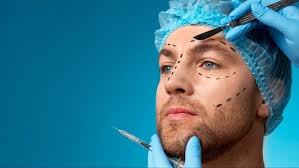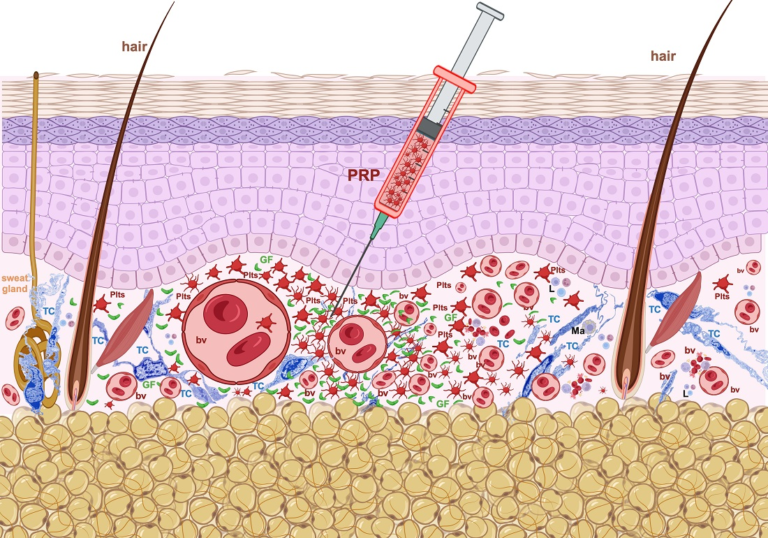Aesthetic Cosmetic Procedures: Enhancing Beauty and Confidence

In recent years, aesthetic cosmetic procedures have evolved from niche treatments into mainstream options for individuals seeking to enhance their appearance and boost their confidence. From minimally invasive procedures to more extensive surgeries, the array of options available today allows people to tailor their beauty treatments to their specific needs and desires. This article delves into the various types of aesthetic cosmetic procedures, their benefits, and considerations for those contemplating such treatments.
The Evolution of Aesthetic Procedures
Historically, aesthetic procedures were predominantly surgical and often involved lengthy recovery times. However, advancements in technology and techniques have revolutionized the field, introducing a range of minimally invasive and non-invasive options. These modern procedures promise quicker recovery times, fewer risks, and more natural-looking results.
Types of Aesthetic Cosmetic Procedures
1. Non-Invasive Treatments
Non-invasive procedures are popular for their convenience and minimal downtime. They include treatments such as:
- Botox and Dermal Fillers: Botox is a neurotoxin that temporarily paralyzes muscles, reducing the appearance of wrinkles, particularly in the forehead and around the eyes. Dermal fillers, on the other hand, restore lost volume and smooth wrinkles by injecting substances like hyaluronic acid into the skin. Both treatments are quick, with results visible within days and minimal recovery time.
- Laser Skin Resurfacing: This technique uses focused laser light to remove damaged outer layers of skin and stimulate collagen production. It’s effective for reducing wrinkles, acne scars, and sun damage. Patients often experience redness and swelling, but recovery is generally quick.
- Chemical Peels: Chemical peels involve applying a solution to the skin that exfoliates dead cells and promotes new cell growth. They vary in strength, from superficial to deep peels, and are used to treat issues like pigmentation, fine lines, and uneven texture.
- CoolSculpting: Also known as cryolipolysis, this procedure freezes fat cells, which are then naturally eliminated by the body. It’s a popular choice for targeting stubborn fat deposits without surgery.
2. Minimally Invasive Procedures
Minimally invasive procedures require slight incisions or use specialized techniques to achieve results with less risk and recovery time compared to traditional surgery:
- Microdermabrasion: This technique involves a device that exfoliates the skin, removing dead cells and promoting new cell growth. It’s often used to improve skin texture and tone.
- Thread Lifts: Thread lifts involve inserting threads into the skin to lift and tighten sagging areas. The threads stimulate collagen production, which helps maintain the lifted effect over time. The procedure is less invasive than a facelift and has a quicker recovery period.
- Sclerotherapy: Used to treat spider veins and small varicose veins, sclerotherapy involves injecting a solution into the veins, causing them to collapse and fade from view. It’s a relatively simple procedure with minimal downtime.
3. Surgical Procedures
For those seeking more dramatic changes, surgical options offer lasting results but come with longer recovery times:
- Rhinoplasty: Commonly known as a nose job, rhinoplasty reshapes the nose for aesthetic or functional improvements. It can alter the size, shape, and overall appearance of the nose. Recovery can take several weeks, and the final results may not be visible for months.
- Facelift: A facelift, or rhytidectomy, addresses sagging and wrinkling of the face by tightening underlying muscles and removing excess skin. It’s a comprehensive procedure with significant results but requires a more extended recovery period compared to non-surgical options.
- Breast Augmentation: This surgery enhances breast size and shape using implants or fat transfer. It’s popular among individuals looking to increase breast volume or restore fullness after pregnancy or weight loss.
- Liposuction: Liposuction removes excess fat from specific areas of the body through suction. It’s often used to contour areas that are resistant to diet and exercise. While effective, it requires careful consideration of the risks and benefits.
Considerations and Risks
While aesthetic cosmetic procedures offer various benefits, including enhanced appearance and self-esteem, it’s crucial to consider potential risks and complications. Choosing a qualified and experienced practitioner at a reputable clinic is essential to minimize risks and ensure satisfactory results. Additionally, understanding the realistic outcomes and recovery expectations can help individuals make informed decisions.
The Role of Consultation and Personalization
A thorough consultation with a certified aesthetic professional is vital before undergoing any procedure. This consultation helps determine the most appropriate treatment based on individual goals, medical history, and skin type. Personalization ensures that the procedure aligns with the patient’s aesthetic desires while addressing any specific concerns or conditions.
Conclusion
Aesthetic cosmetic procedures have made significant strides, offering a wide range of options to enhance beauty and confidence. Whether opting for non-invasive treatments, minimally invasive techniques, or more extensive surgeries, individuals have the opportunity to achieve their desired look with tailored solutions. As with any medical procedure, careful consideration, and consultation with a qualified professional are key to achieving the best results and ensuring a positive experience.





